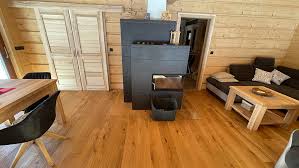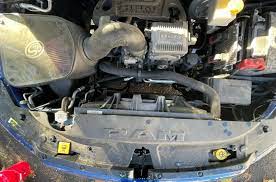wooden floor (drevená podlaha) are a beautiful and long-lasting option for many homes, however they require some periodic maintenance to maintain their appearance and longevity. Each season has its own issues, and knowing how to address them can ensure that the wooden floor looking their best year-round.
Spring: Combatting Moisture and Allergens
When spring comes around, more pollen and humidity can create problems for wooden flooring. Wooden floors are sensitive to moisture, which could cause expansion and even begin to warp. To avoid this, install dehumidifiers or air conditioners to regulate the humidity in your home. Regularly sweep and vacuum to get rid of dust and pollen that may settle on the floor as well as scratching the floor over time. Clean spills immediately to prevent moisture damage and use mop that is slightly damp with wood-friendly cleaners for deeper cleans, ensuring the floor is dried quickly.
Summer: Addressing Heat and Sunlight
Summer is a time of intense sun and heat which can harm wooden floors. In excess heat, wood can begin to expand and break, while direct sunlight can cause fade or discoloration. To protect your floors put up window blinds to block direct sunlight particularly during peak hours. Place area rugs in high-traffic areas to limit wear and wear. Maintain a stable indoor temperature by using air conditioning. Avoid placing heating sources directly on the floor.
Autumn: Preparing for Falling Leaves and Moisture
Autumn introduces falling leaves and a higher level of moisture which could cause problems for wooden floors. Leaves can transport dirt and moisture into which can cause scratches or water-damaged floors. Set up doormats in entryways to catch debris and moisture before it gets to your floors. Regularly clean and vacuum to remove leaves and other particles. Be aware of any spills of water or moisture that has been tracked in, as wood floors can be particularly vulnerable during this season.
Winter: Managing Dryness and Salt Damage
Winter can be harsh on wooden flooring due to humid indoor conditions and usage of salt to deal with snow and ice. Dry air can cause wooden floor to crack and shrink. Make use of a humidifier in order to maintain appropriate humidity levels, ideally between 35 and 45 percent. De-icing and salts applied to sidewalks and driveways can damage wooden flooring if they are tracked into. Put mats or rugs in the entry points and invite guests to remove their shoes. Clean up any salt residue quickly with a moist cloth. Avoid using harsh chemicals.
Year-Round Tips
Regardless of the season the time of year, maintaining your floor is vital. Vacuum or sweep regularly to avoid dirt buildup and then clean using products specifically designed specifically for wooden floors. Avoid excessive water and aggressive cleaners, as they could damage the floor’s finish. Check regularly for wear marks and fix any issues as soon as they arise to ensure that your wooden flooring in good condition.
By adjusting your care routine according to the changing seasons, you can ensure your wooden floors will remain beautiful and sturdy for many long time to come.


